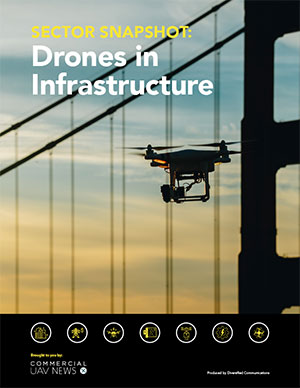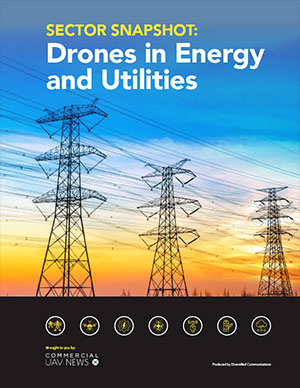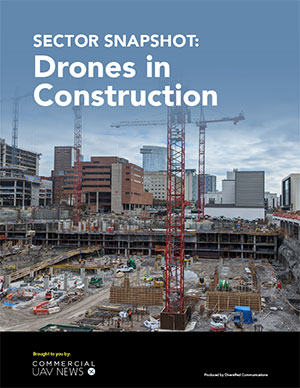On the second day of the 2025 Commercial UAV Expo, I had the privilege of moderating this important panel in which three experts made their case that every pilot of an uncrewed aircraft that wishes to fly in the new reality of Part 108, which allow drones to fly BVLOS, needs to understand and cover all the basics of operational safety, aviation law, and aeronautical insurance.
The panel, that I affectionally call “EYNTKBYF,” was included in the Expo agenda before the publication, on August 6, of the notice of proposed rulemaking (NPRM) of Part 108. Therefore, the session’s content had to be updated. All three presenters and I spent the last 30 days understanding the 731-page and making sure that the updated content would adequately inform our audience.
“For nine years, the uncrewed aviation industry has been operating in a world in which drones had to be constantly monitored visually by the operator,” I said. “Now the industry as a whole and individual pilots in particular need to understand this new environment in which the main responsibility for every flight will switch from the pilot in command to the corporation that employs them. This small change is a huge difference with Part 107 and will force the employers of remote pilots to implement policies that increase safety and cover the legal and insurance aspects of the operation.”
Then came a presentation on operational safety by Josh Olds, the CEO of the Unmanned Safety Institute (USI), who gave the packed Summit Stage audience a brief lesson in what needs to be done in order to comply with the new BVLOS regulation.
“For decades, aviation companies have implemented and fine-tuned the concept of Safety Management System (SMS), which is another way of saying a systematic approach to safe operations by following check lists and strict safety protocols,” Josh told the audience. “The absence of standardized regulations for BVLOS operations presents significant challenges for safety and risk management with the integration of drones and Unmanned Aircraft Systems (UAS) into the global airspace. Aligning with internationally recognized standards by establishing consistent safety protocols, operational guidelines, and best practices offers a clear path to address these gaps.”
Josh argued that implementing these SMSs supports job creation, strengthens workforce capabilities, and ensures greater airworthiness and uptime for drone platforms, enabling organizations to optimize their operations and expand their impact across industries. By adopting comprehensive standards and prioritizing specialized training, the industry can unlock its full potential while maintaining the highest levels of safety and reliability.
Then came Tyler Hazen, Drone Law Attorney and Author with Angulo McGhee APC, who made the case for the legal protection of BVLOS operations in the NAS.
“With the release of the NPRM for Part 108, we are in the presence of rapid change in Drone law, and that means that for the first time is evolving almost as rapidly as the technology,” Tyler said. “In addition to developing FAA and federal regulations, state and local regulations are undergoing significant development and revision. State and local regulations can be inconsistent, making it difficult to implement a consistent policy across markets. Further, ongoing challenges to state laws on constitutional and other grounds are currently being litigated.”
Tyler then asked the audience a challenging question: “How can businesses, industry groups, and communities work together to establish and implement plans for urban and regional air mobility in the face of this uncertainty?”
Next, it was time to talk about insurance, and Alistair Blundy, CEO & Lead Underwriter for Advanced Technologies at ATA Insurance made his case for the need to be adequately covered while operating under the new law.
“Let me introduce you to real-world UAV-related insurance claims, uncovering the hidden risks and financial impacts that operators often overlook,” Alistair said. “These examples of real accidents and incidents will give you insights into the most common causes of UAV-related mishaps, the true costs beyond simple damages, and how to mitigate risks through smarter operational practices and insurance solutions.”
Alistair presented four different examples of accidents and the ensuing claims and how these helped his customers avoid costly losses by being adequately protected.
The session ended with an animated 15 minutes of questions from the audience, from individual pilots concerned about their jobs under the new law to drone service providers (DSP) seeking clarity on their new responsibilities. Josh, Alistair, Tyler, and I did our best to give answers to the questions and assure the audience that it is still too early to tell exactly how the final ruling will look like. We encouraged the attendees to read the NPRM and comment to the FAA before October 6, which is the deadline imposed by the administration to the FAA.















Comments